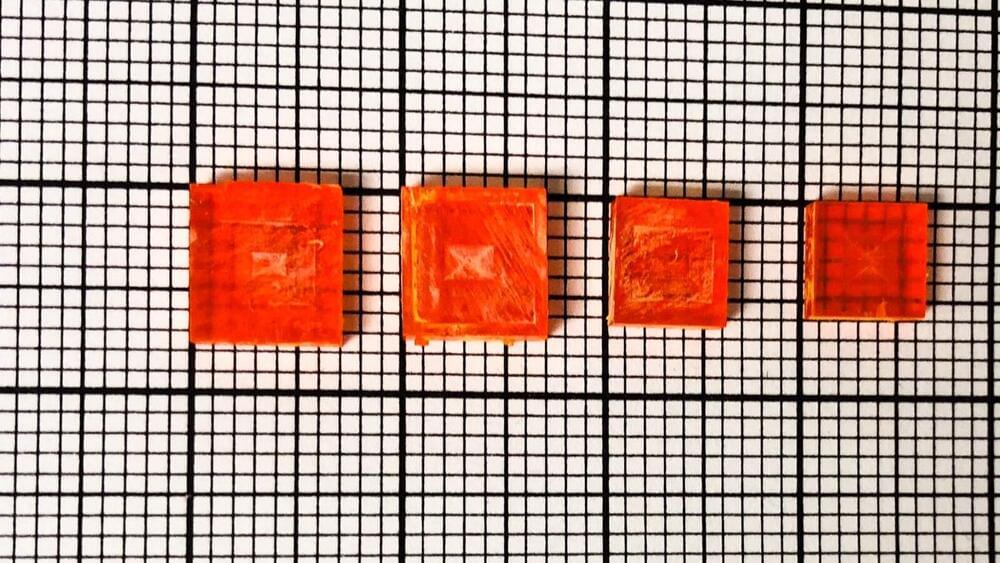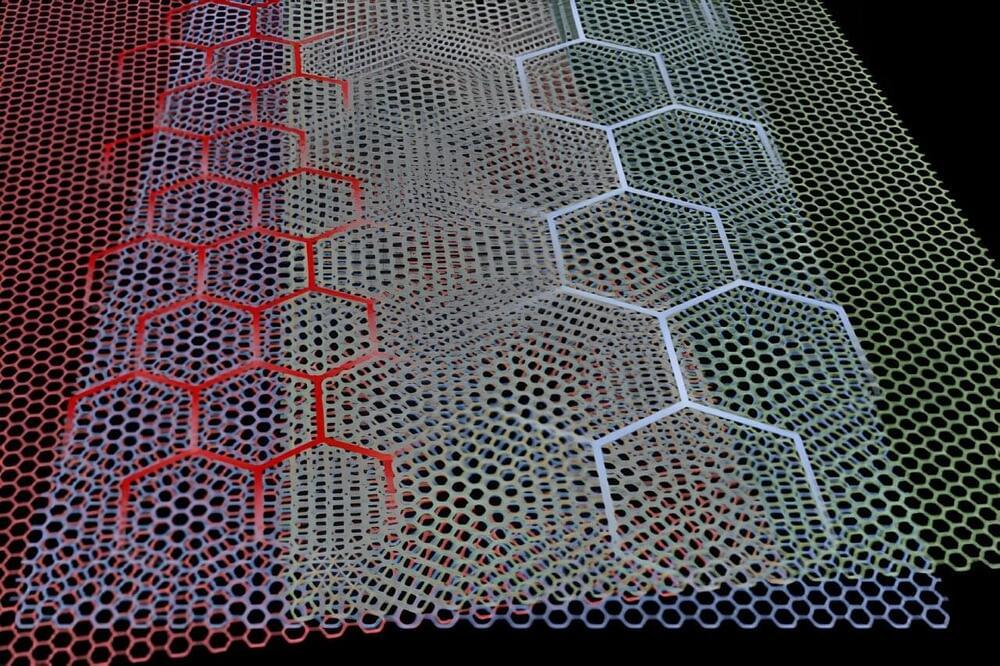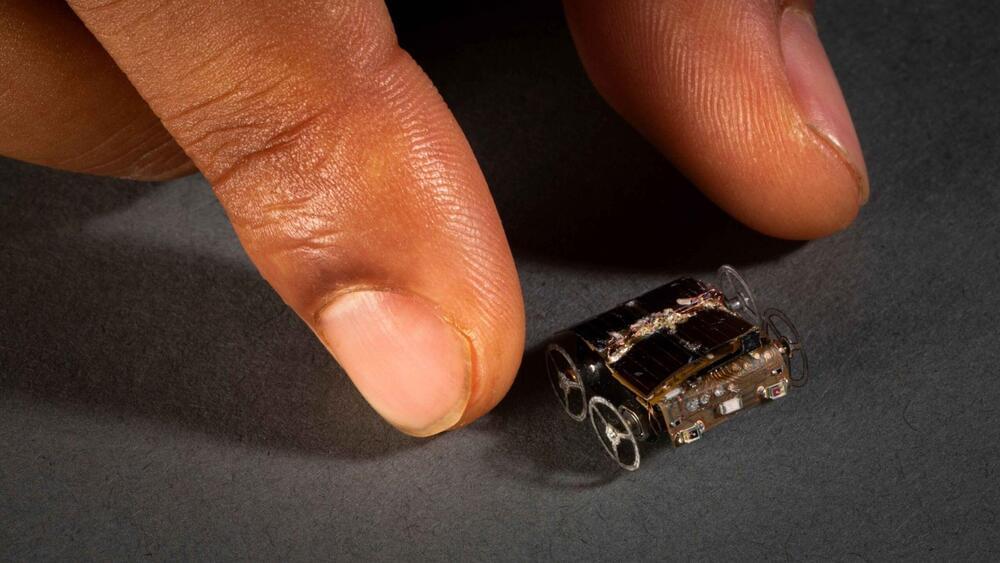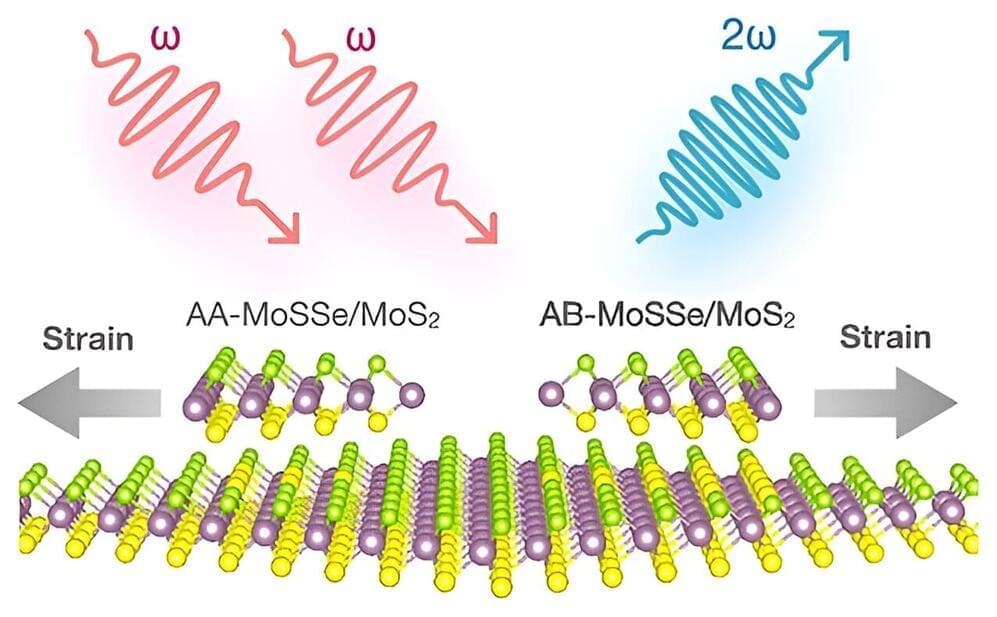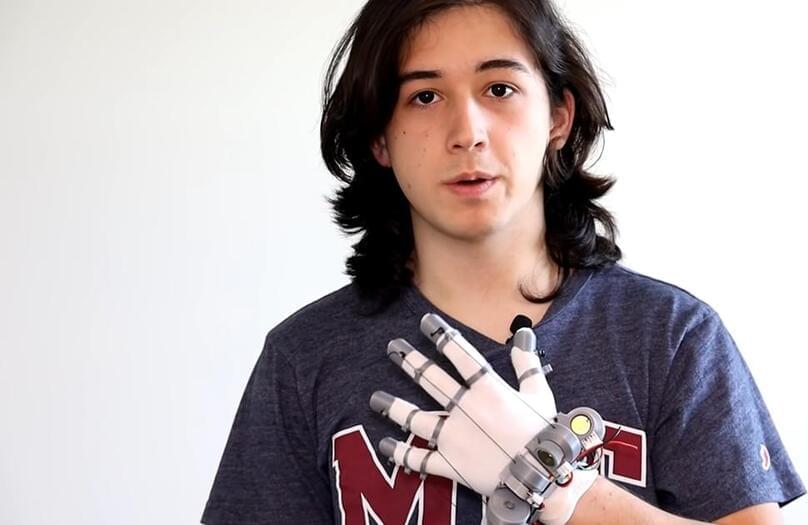Oct 2, 2023
Scientists discover a durable but sensitive material for high energy X-ray detection
Posted by Saúl Morales Rodriguéz in categories: biotech/medical, materials
X-ray technology plays a vital role in medicine and scientific research, providing non-invasive medical imaging and insight into materials. Recent advancements in X-ray technology enable brighter, more intense beams and imaging of increasingly intricate systems in real-world conditions, like the insides of operating batteries.
To support these advancements, scientists are working to develop X-ray detector materials that can withstand bright, high-energy X-rays—especially those from large X-ray synchrotrons—while maintaining sensitivity and cost-effectiveness.
A team of scientists at the U.S. Department of Energy’s (DOE) Argonne National Laboratory and their colleagues have demonstrated exceptional performance of a new material for detecting high energy X-ray scattering patterns. With excellent endurance under ultra-high X-ray flux and relatively low cost, the detector material may find wide application in synchrotron-based X-ray research.
